
BY DR. BAYNE FRENCH MD DC
Over the past 100 years, numerous intermittent fasting (IF) studies have shown a remarkable improvement on aging and life span in animals. Initially thought to be caused by the reduced production of free radicals and weight loss, it is now understood that there are numerous other cellular phenomena going on. An excellent article in the New England Journal of Medicine states that,
“Intermittent fasting elicits evolutionarily conserved adaptive cellular responses that are integrated between and within organs in a manner that improves glucose regulation, increases stress resistance, and suppresses inflammation.”
They continue:
“Periodic flipping of the metabolic switch not only provides the ketones that are necessary to fuel cells during the fasting period but also elicits highly orchestrated systemic and cellular responses for carry over into the fed state to bolster mental and physical performance as well as disease resistance.”
As the New England Journal of Medicine review article describes, autophagy is greatly enhanced during IF. With fasting, our cells become more adept at cleaning themselves and recycling components. Dr. Yoshinori Ohsumi, who specializes in autophagy, was the recipient of the 2016 Nobel Peace Prize in Medicine for his discoveries of the mechanisms of autophagy: that each cell in our body has the capability of destroying its own contents and recycling them. This concept of “self eating” was first observed in the 1960s. He is a smart guy (and I’m told, also a good fly fisherman).
Dr. Ohsumi’s discoveries open the door for a new paradigm of understanding about how the cell responds to a host of physiological processes and stressors like starvation and infection, and how autophagic processes affect serious illnesses like cancer and neurologic disease.
Different IF regimensFasting, like everything else in life, should be kept simple. In general, the longer someone spends in a fasting state the more robust the benefit. There is no widely accepted superior method of IF, but there are a few popular and widely practiced approaches.
Leangains, 16:8This method of fasting (developed by Martin Berkhan, a Swedish nutritional consultant, bodybuilder, and model) is probably the most popular IF method. It involves 16 hours of fasting and eating within an 8 hour window. It’s pretty much just eating lunch and dinner.
The Warrior Diet, 20:4This is based on the purported eating patterns of ancient warriors, who consumed little during the day and feasted in the evening. It was created by Ori Hofmekler, a former Israeli special forces member turned fitness and nutrition educator. It specifies 20 hours of fasting and eating a large amount at the end of the day, in a 4 hour window.
Eat Stop EatThis is the title of a book written by Brad Pilon, another bodybuilder, who has a graduate degree in human biology and nutritional sciences and is a leading and vocal advocate of IF. This method involved fasting for an entire 24 hours, 2 days per week. Many find this method more difficult, but certainly a deep level of fat breakdown (lipolysis) and fat burning (beta oxidation) occur.
The Non-Body Builder, Non-Model, Middle-Aged, Endurance Hack, Nobody MethodThis is my regimen. It’s very complicated and nuanced. Also highly evidence-based and basically the greatest thing ever. Sometimes I have really fatty coffee in the morning. Sometimes I do not have fatty coffee. But I always have coffee. I hardly ever eat breakfast. Monday through Thursday I eat two meals a day, low-carb high-fat. Friday through Sunday usually “OMAD”, one meal a day. I am rarely hungry, commonly exercise on an empty stomach, and never count calories or measure ketones. This signature method of mine also can encompass much longer fasts. I am looking out the window right now, with pride, at a garden fence I built while fasting for 5 days. It’s a terrible fence, all uneven and falling apart. It doesn’t even keep the deer out, which was its original intent. But hey, I was lightheaded and kept falling off the ladder while pounding posts. I absolutely love that my day no longer revolves around food. It is freeing, liberating, and time saving. And I was never well suited for physical labor anyway.
Tips for IFMost individuals who’ve adapted to a LCHF (low carb, high fat) way of eating can seamlessly fast, although that’s not a requirement. I have written about eating this way many times and I think it is the healthiest “diet.” I have also written about the concept of “fat adaptation,” the cellular biochemical state of fat burning efficiency. It takes a while to develop this, which is one of the principal problems of many of the ketogenic diet studies on athletic performance: the athletes were simply not allowed the time to fat-adapt. The more adept we are at burning fat, the more pleasurable the fasting experience. Staying well hydrated is critical. Drink at least 2 liters of water daily. Tea and coffee are also excellent choices. Green tea in particular yields favorable chemicals to stimulate metabolism and weight loss. Coffee really should have its own article. Both caffeinated and decaffeinated coffee show greater suppression of hunger than equivalent amounts of caffeine mixed with water. This implies there are numerous other beneficial compounds within coffee.
Embrace the grind. Understand the benefits of fasting and understand that nothing bad will happen because you are hungry. Also realize (and keep telling yourself over and over) that the hunger will pass relatively quickly.
How to Break the FastWith shorter duration fasts (24 hours or less), there really is nothing to “break;” just start eating again. Be aware that the urge to eat is based more on the psychological need to do so than on hunger. Overeating can lead to gastrointestinal issues. Be mindful, don’t binge, and choose low glycemic, nutrient-dense food.
Can I exercise during a fast?Yes. In fact, it’s recommended. There are actually many similarities between exercise and fasting, and doing them together compounds the benefits. There is a misconception that when we exercise, we must provide caloric fuel. Except for higher level endurance training and competition when the nuances of proper fueling become more important, the liver is capable of creating glucose through gluconeogenesis. Furthermore, muscles are able to directly use fat for fuel. That’s why exercising on an empty stomach accelerates the reduction in body fat percentage that confers such health benefits.
While our liver glycogen stores are naturally depleted during sleep and fasting, muscle glycogen stores remains intact. Fasting three hours prior to exercise will increase insulin sensitivity and fat burning.
Conclusion
Strive to increase the amount of time spent in a fasting state. Many people find that with a little bit of practice, breakfast can be routinely skipped. Eating two delicious nutrient-dense low-carb high-fat meals per day (a later lunch, and a larger dinner) seems to maximize fasting’s benefits for most people. A great way to start is to first try LCHF eating. Then slowly move back the first meal.
Many neurological and hormonal forces within the body all conspire to elevate insulin levels. Why? Because it’s an anabolic, survival hormone, and our brains really, really want us to survive. Consumption of a LCHF diet has a powerful impact on insulin secretion, metabolism, and overall health. The addition of IF further accentuates these effects. Many authorities, including Dr. Fung, feel it is the most powerful modality to reduce insulin, thus allowing the burning of fat. And it’s entirely within our control. Your control.
References available on request
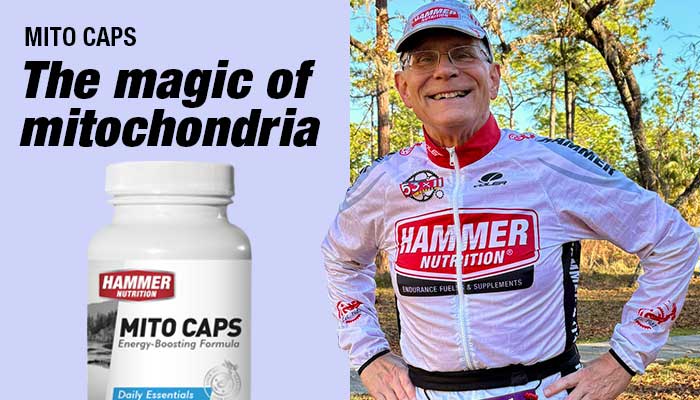
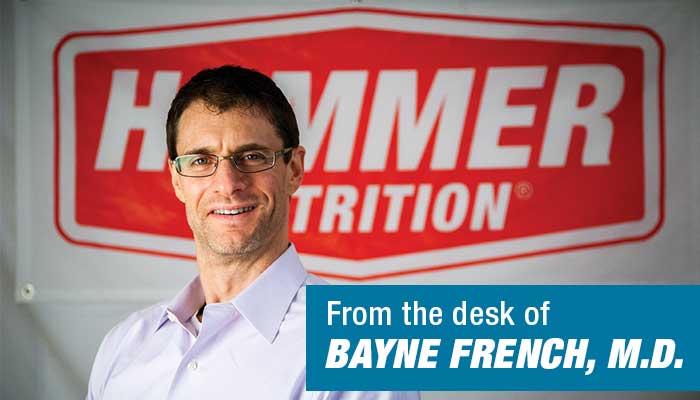


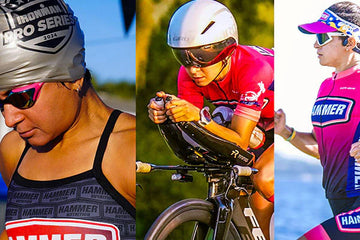
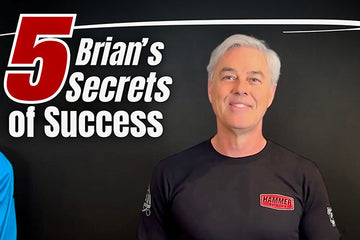
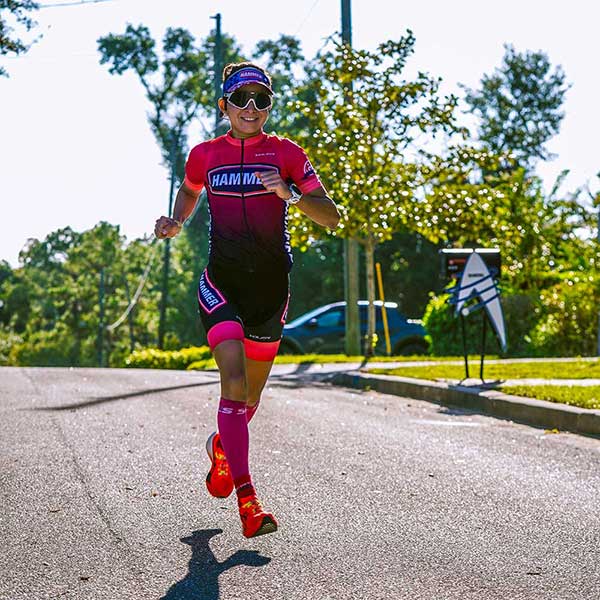



13 comments
Message: Are the benefits the same if you skip dinner as your fasting time and eat breakfast and lunch?
Answer: Thank you for your question. I would suggest that the benefits of eating your daily calories in the early and midday hours (for example, using an 8 hour window, eating between 7 am and 3 pm) can be ideal in a couple of different scenarios, but also somewhat challenging. First being someone who does most/all of their training in the early AM and needs calories during and a recovery meal following. The second scenario being someone who wants to lose weight and or get leaner. That being said, putting the fork down and 3 pm and continuing on with your day for another 5-6 hours takes a lot of discipline for the first 4-6 weeks while your body adapts. Conversely, this eating format would not work very well for athletes who train later in the day and for those for whom dinner is an important and necessary part of social/partner/family time. BDF
Message: I have been doing IF since mid April. I am down 30 pounds and feeling better than I have in years. At 62 my weight is back to what t it was when I was deployed in Iraq in my 40s. Exercise is coming back. I see this as lifestyle change and don’t anticipate going back.
Answer: Thank you so much for this feedback, I’m stoked to hear the benefits you’ve already seen in the five months since you started. When you see the effects, it’s pretty easy to stay with it! I’m in year two and also plan to continue as well. BDF
I love this article, too! I’m not very good at IF, but it’s probably because I don’t eat low carb. I’m more into extended fasts (10 days or so), because I lose my hunger after the first day, lose my psychological “hunger” a day later. After that, the rest is easy.
I look forward to more articles on fasting (IF or otherwise) related to exercise.
Message: Super interesting. However, I’m a vegetarian so not sure how I can eat the high fat portion of LCHF. I do limit my carbs though. I am slowly walking back my “breakfast time” as I was raised to always have breakfast; we’ll see how it goes.
Answer: Thank you for the question. Avocados, raw nuts, olives, and olive oil are just a few high-fat plant-based foods. There are a lot more if you look, and the great thing is they usually have a good bit of protein too. I, too, was raised to believe that breakfast was the most important meal of the day and that we should always eat a big breakfast upon rising. This would be true if we lived and worked on a farm 100 years ago or were lumberjacks – They basically worked 12-hour days and ate only during those hours – huge breakfast, go out and work it off. Huge lunch, go back out and work it off. Lite dinner and bed. So, a fasting window for those early risers and those who habitually work out very early – an 8, 10 or even 12-hour eating window that begins at 5 or 6 am works great, if you don’t mind skipping dinner most days. BDF – Hammer Nutrition
Message: Excellent article!!! I do the 16/8 and I can say as a long distance runner my body is thriving. Also I feel younger and healthier with is a plus. I’d love to read more articles like this in the future. Maybe one on coffee?
Answer: Hello LG, thank you for your comment, and glad to hear you are enjoying Intermittent Fasting! 16 off and 8 hours on between 11 am and 7 pm works well for me too. We’ll be continuing our discussion of IF for training athletes in upcoming ENW’s and will be covering coffee as well. You can also find some great coffee articles in our back issues of EN, ENW and in our Endurance Library. BDF – Hammer Nutrition